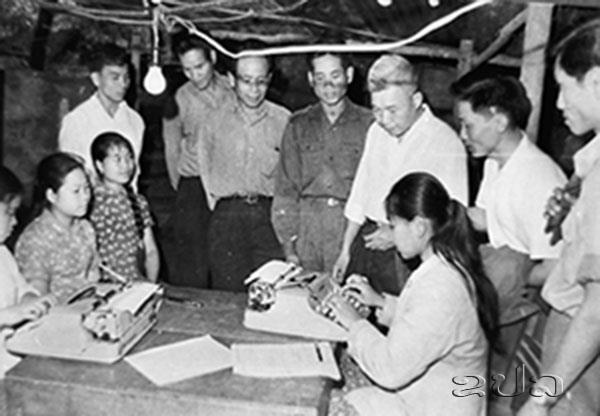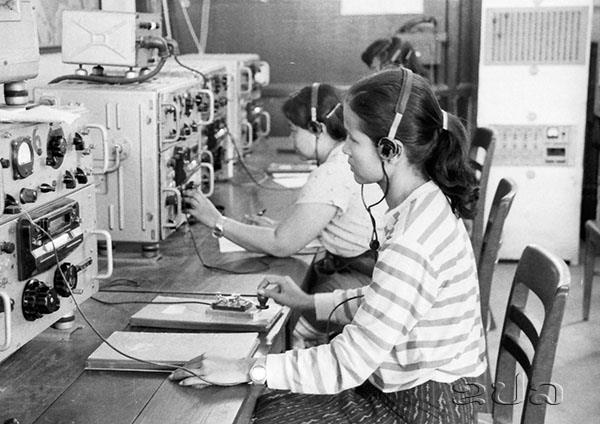KPL
(KPL) During years of struggle to liberate Laos from old and neo-imperialism, Lao People’s Revolutionary Party always attached importance to propaganda and mobilization work and promoting patriotism among people and their fearless participation in the national liberation movement

(KPL) During years of struggle to liberate Laos from old and neo-imperialism, Lao People’s Revolutionary Party always attached importance to propaganda and mobilization work and promoting patriotism among people and their fearless participation in the national liberation movement.
In that period of time, the press actively contributed to realizing such efforts including through recording historic events, especially efforts to encourage people to stand up and seize administration power from the old imperialists in the 1940s.
on January 6, 1968, responding to the requirements of the new era of revolution, in a cave in Bakthongnakai village (currently Viengxay district) of Huaphanh, then the stronghold of the Lao revolution, Mr. Souphanouvong, President of the Free Laos Front signed a decision of the Lao Patriotic Front on the establishment of Khaosan Pathet Lao (Lao News Agency) abbreviated in Lao as “ຂປລ“ and in latin as “KPL“ on the occasion of commemorating the 12th anniversary of the Lao Patriotic Front to disseminate information domestically and to external world on the fearless struggle of the Lao people against imperialists and their flunkies.
KPL’s first Director General was Sisana Sisane, member of Propaganda and Cultural Committee of the Lao Patriotic Front. Sone Khamvanevongsa and Somtheu Phetmany served as his deputies.

As the US airforce continued to conduct military operations targeting the central strongholds to get rid of our revolutionary forces, the Lao liberation forces under the leadership of the Party increasingly grew strong both in terms of quantity and quality in their fight with the imperialists and their loyal flunkies and enjoined one victory after another.
In the early years of establishment, KPL and Radio of the Pathetlao force were led by the same management. They were led by Sisana Sisane. Deputy Director General Sone Khamvanevongsa was in charge of B1 and Deputy Director General Somtheu Phetmany was in charge of C2. Later, an editorial board was founded and led by Sisanan Senyanouvong and Bouaban Vorakhoun.
Between 1968 and 1969, the number of reporters at KPL increased. With in-house training and recruitment of secondary school graduates in the country and abroad, the journalist team of KPL was able to broadcast news by themselves.
Some journalists came from Xieng Khuang provincial radio. This prompted KPL to open regional news offices in the central, southern and northern provinces.
Fighting for national liberation caused an arduous working situation for KPL journalists. They traveled through thick jungles and deep valleys. They were present in every battle. Facing such tough situations, KPL journalists became decisive and stayed dedicated to their career. They did everything from transporting support equipment to frontlines, holding guns to guard premises to even hiding in a fortress to ward off enemy warplanes.
In preparation for nationwide seizure of power, KPL sent journalists to cover power-seizure movements in Savannakhet, Champassak, Khammuan, Luang Prabang, among others. In Vientiane, news and editorial pieces on major political events including the power seizure rally at That Luang esplanade were published on Aug 23, 1975. Later, on Dec 1-2, 1975 they covered the national meeting of people’s representatives at which the establishment of the Lao PDR was announced, putting an end to the monarchy and invasive war launched by the United States and its allies in our country.
KPL